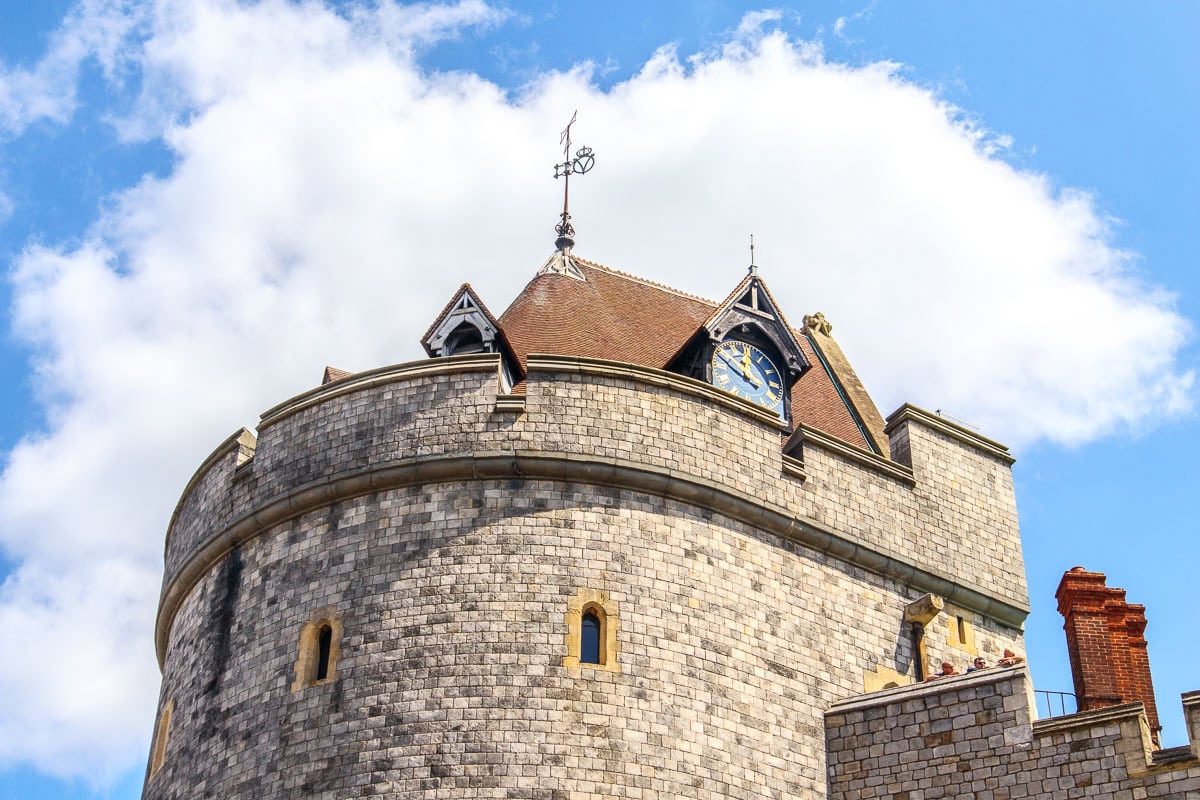From castle construction, to the signing of the Magna Carta, world wars, weddings and funerals, here’s a brief timeline of Windsor.
We’re proud to say that our lovely town is one of the most historic in England. Come and explore Windsor on a day trip and you’ll have over 1,000 years of history to soak up! We’ll share a more detailed history of Windsor in another post, but for now, here’s a brief overview of all the key dates.
It’s a quick read, and one that’s easy to digest. If you read this before visiting the town, you’ll get even more from the experience.
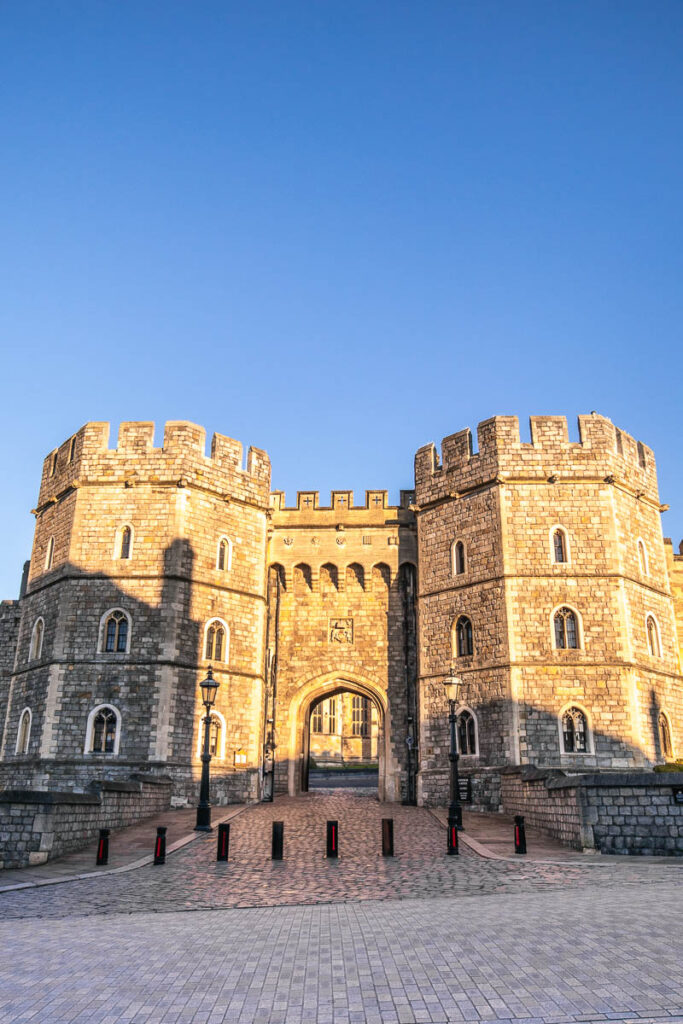
Windsor Timeline – Key Dates In History
Prehistoric Times in Windsor (Before 43 AD)
- Human activity in the Thames Valley dates back to the Ice Age.
- Paleolithic people hunted mammoths, rhinoceros, aurochs, deer, and horses along the riverbanks.
- In the 1860s, Bronze Age axes (palstaves) were discovered near Bishopsgate in Windsor Great Park.
- Flint weapons, bone tools and remains have been discovered in the area, including during works in Peascod Street (1958), Park Street (1962), and Clewer (1960s).
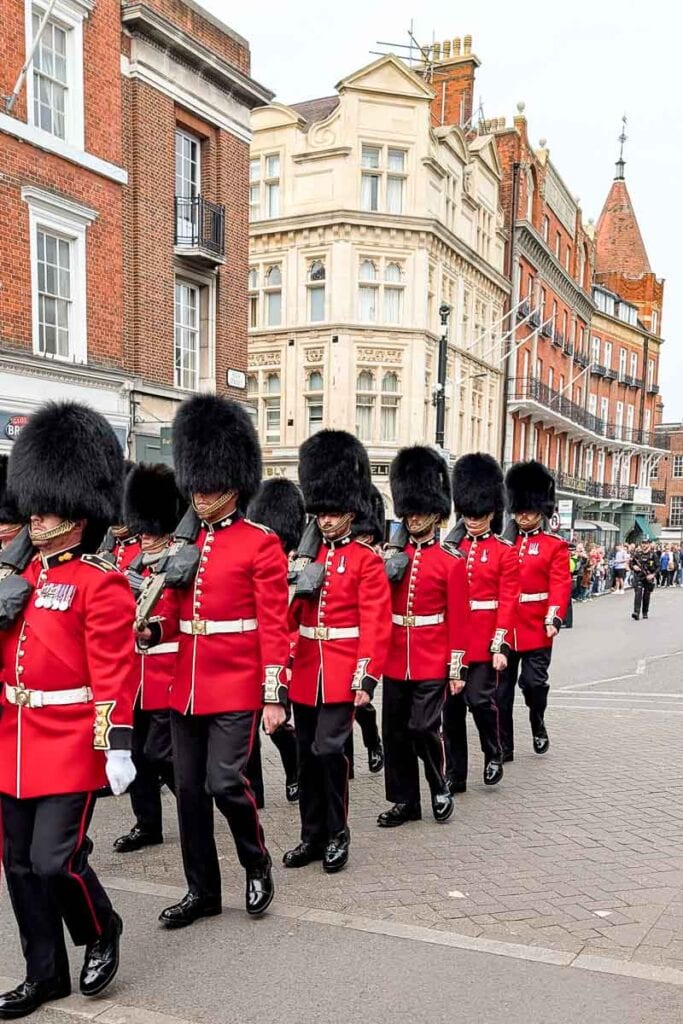
Roman and Saxon Times in Windsor (43–1066)
- The name “Windsor” comes from the Old English “Windles-ore”, meaning “winch by the riverside”.
- Windsor wasn’t a hub for the Romans, but a Roman camp once stood on St Leonards Hill, but pottery, coins, and tiles have been found locally.
- Excavations in Old Windsor have shown that it was inhabited from around 700 AD, making it one of the oldest towns in Berkshire.
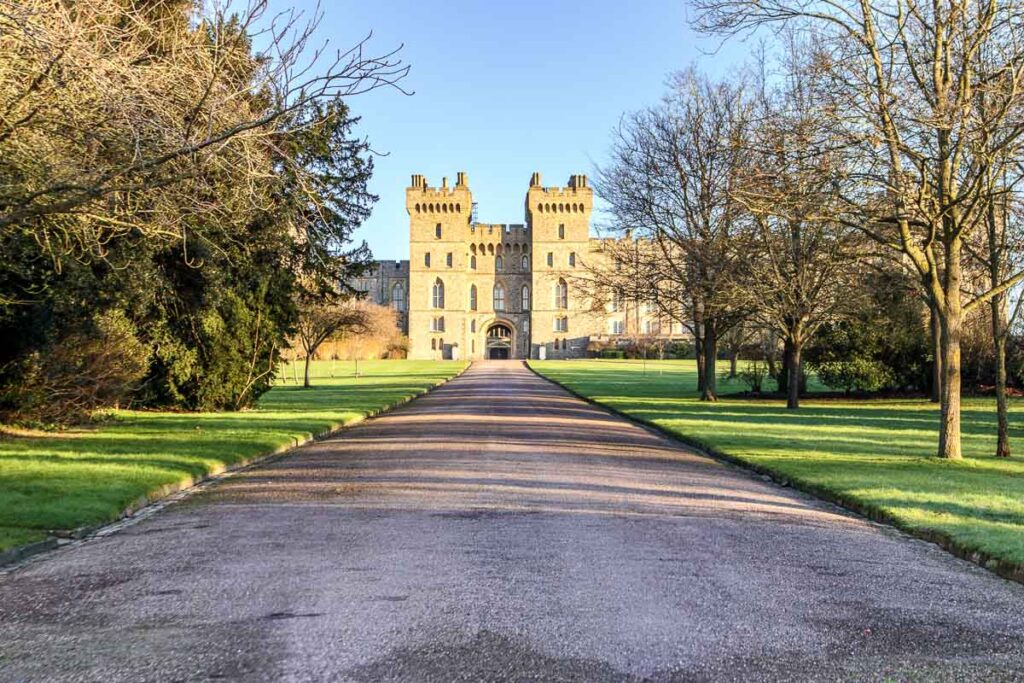
The Norman Conquest and Castle Origins (1066–1200)
- 1066: William the Conqueror invades England.
- 1070: Windsor Castle is founded by William to guard the western approach to London. It’s one of a series of motte-and-bailey castles built after the conquest.
- 1110: Henry I moves his court to Windsor Castle, showing its importance within the royal family.
- 1170: The Round Tower is constructed to strengthen the castle’s defences.
- 1179: Windsor receives its first royal charter from King Henry II, allowing it to hold markets.
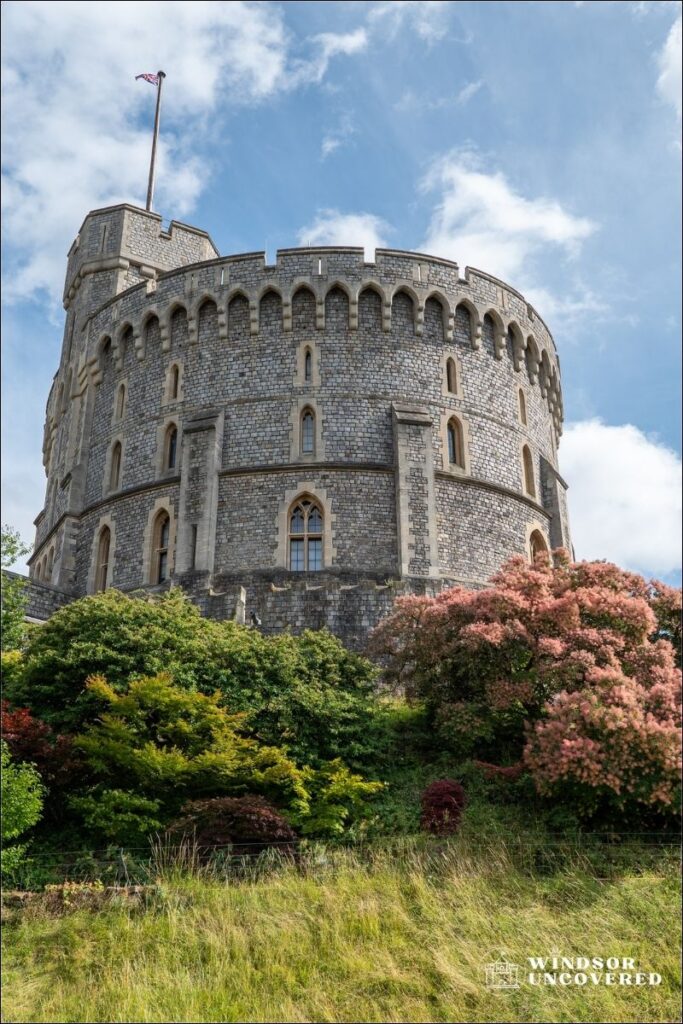
Medieval Windsor (1200–1500)
- 1215: King John travels from Windsor to sign the Magna Carta at Runnymede. This historic charter was very important. It limited the powers of the monarchy and established certain legal rights, laying the groundwork for modern democracy and the rule of law.
- 1268: The first bridge linking Windsor and Eton is constructed. Being made from wood, it breaks regularly!
- 1277: Edward I builds the chapel of St Edward the Confessor within the castle.
- 1348: Edward III founds the Order of the Garter at Windsor – the oldest order of chivalry in Britain. This honours individuals who have made significant contributions to public life or served the monarchy with distinction. Membership is limited and includes the King, senior royals, and a select group of knights and ladies. The annual Garter Day procession at Windsor is a key ceremonial event, steeped in tradition and pageantry.
- 1350s–70s: Windsor Castle is rebuilt under Edward III, with him transforming it into a gothic palace.
- 1440: Eton College is founded by King Henry VI to provide free education for 70 poor boys destined for King’s College, Cambridge. Its original buildings are among the earliest major brick constructions in England, marking a shift from traditional stone architecture. The College Chapel, a stunning example of Perpendicular Gothic style, houses rare paintings from the late 15th century.
- 1475: Completion of St George’s Chapel begins under Edward IV.
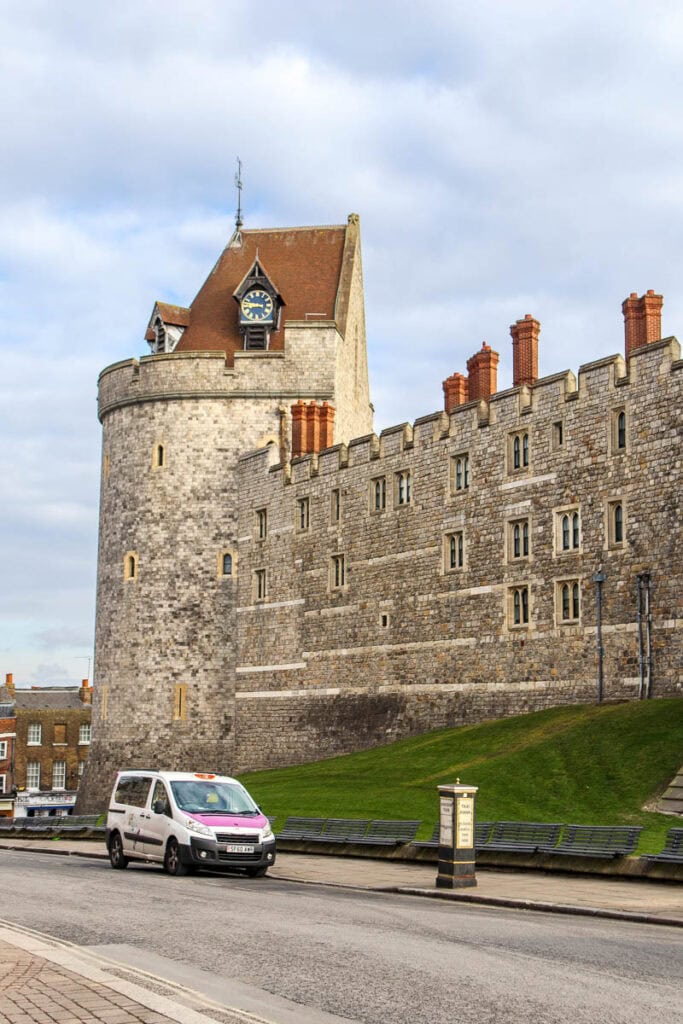
Tudor and Stuart Eras in Windsor (1500–1700)
- 1528: Henry VIII stays at Windsor Castle during an outbreak of the plague in London. He often holds court and hosts lavish events at the castle. In fact, the iconic gatehouse known as the “Henry VIII Gate” still bears his name and coats of arms, marking his lasting legacy at the castle.
- 1547: Henry VIII is buried in St George’s Chapel alongside Jane Seymour.
- 1600s: The Changing of the Guard ceremonies date back to this period.
- 1642–1651: During the English Civil War, the castle is used as a military headquarters and prison.
- 1660: After the Restoration, Charles II begins restoring Windsor Castle to its former glory.
- 1670s: Charles II remodels the State Apartments in a baroque style and adds rich decorations. The redesign marks Windsor’s shift from a medieval fortress to a grand royal palace fit for entertaining.
- 1680s: Charles II commissions The Long Walk, desiring a grand avenue leading from Windsor Castle to Snow Hill in Windsor Great Park.
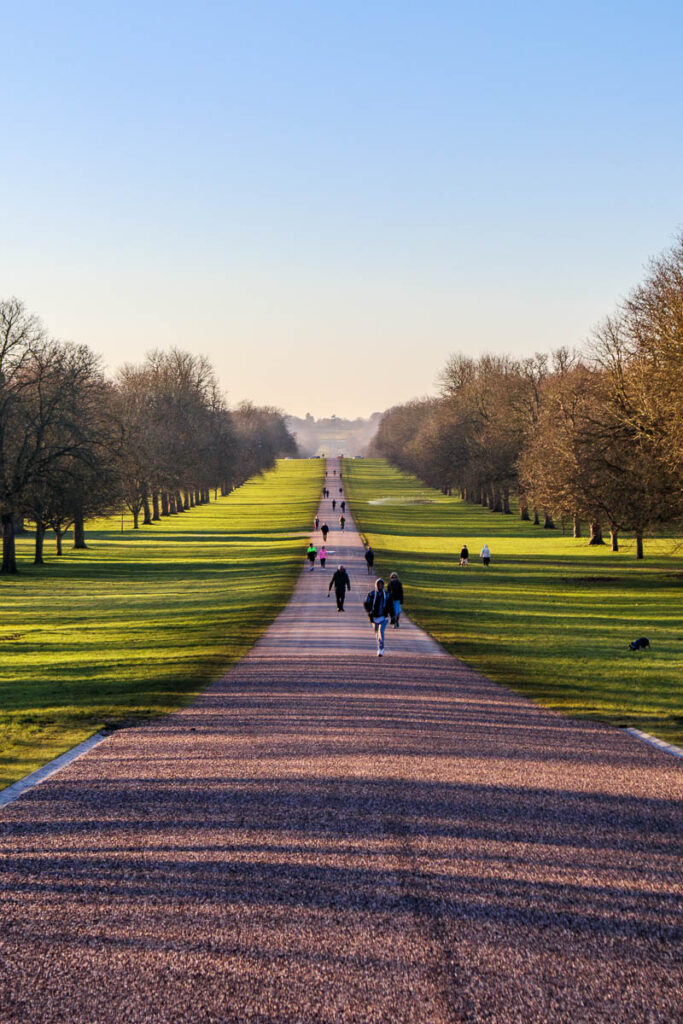
Georgian Windsor (1700–1830)
- 1710: The gravel pathway is added to The Long Walk for Queen Anne, so she can travel in her carriage more comfortably.
- 1778: George III moves the royal family back to Windsor as a permanent residence. His love of agriculture and simple rural life in the area earned him the affectionate nickname “Farmer King”.
- 1822: The current iron bridge linking Windsor and Eton is completed, which improves the town’s trade. River and road tolls are collected here.
Victorian Windsor (1830–1901)
- 1837: Queen Victoria comes to the throne and makes Windsor Castle her main residence.
- 1840s–50s: Major restoration work is done at the castle to update and expand it.
- 1849: Windsor & Eton Central railway station opens, which improves access from London to the town.
- 1861: Prince Albert dies at Windsor Castle. Victoria mourns him deeply and withdraws from public life.
- 1887: Queen Victoria celebrates her Golden Jubilee with a service at St George’s Chapel.
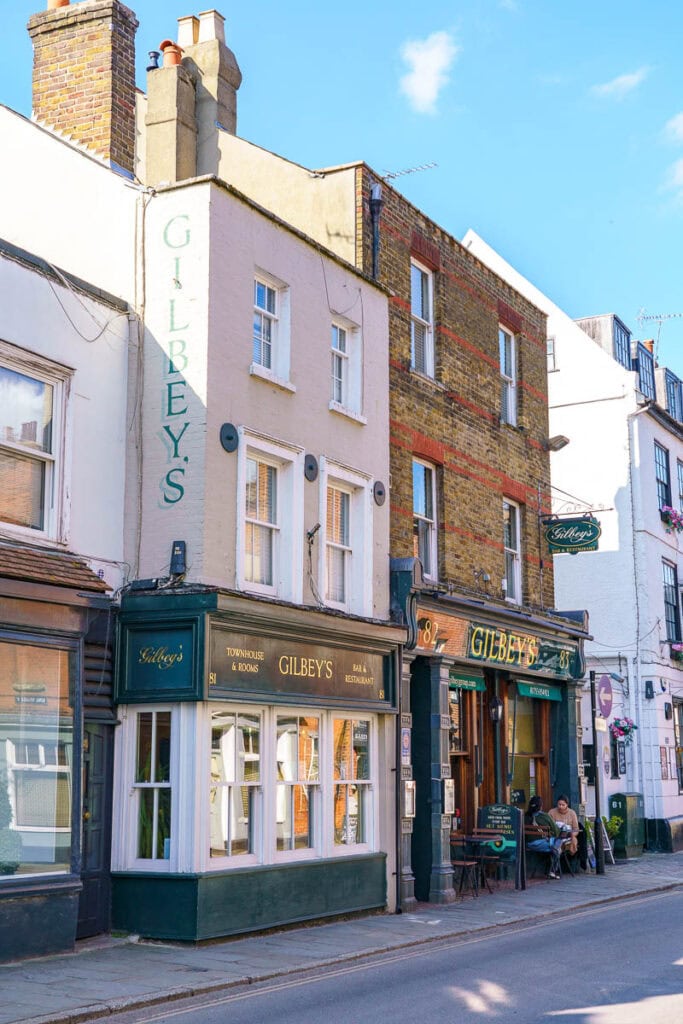
Early 20th Century (1901–1945)
- 1917: During WWI, King George V changes the royal family name from Saxe-Coburg-Gotha to Windsor, due to anti-German sentiment.
- 1936: King Edward VIII spends time at Windsor before abdicating the throne.
- 1939–1945: During WWII, the royal family secretly stays at Windsor Castle for safety. This includes King George VI, Queen Elizabeth (the Queen Mother), and their daughters, Princess Elizabeth and Princess Margaret. The castle’s windows are blacked out so as not to arouse suspicion, and precious artefacts are stored away.
- 1940: Princess Elizabeth gives her first public radio broadcast from Windsor, reassuring evacuated children.
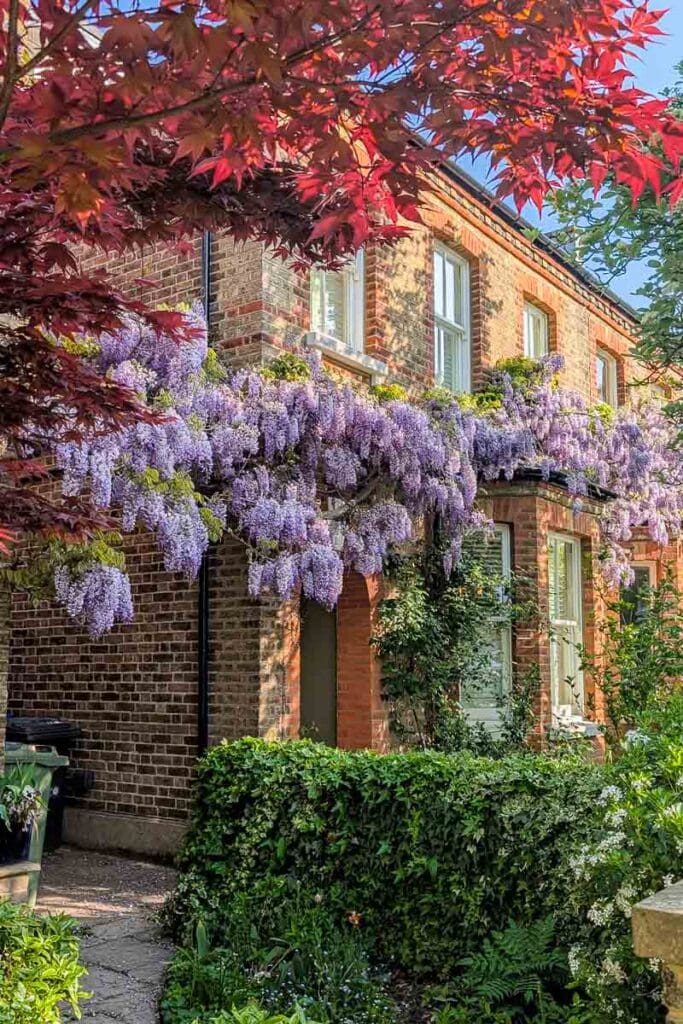
Modern Windsor (1945–2000)
- 1952: Queen Elizabeth II ascends the throne following the death of her father, King George VI. Windsor Castle becomes her preferred weekend residence, offering a more private and peaceful alternative to Buckingham Palace.
- 1950s–1960s: Windsor experiences major post-war development. New housing estates, schools, and public amenities are built to meet the needs of a growing population, particularly in Dedworth and Clewer.
- 1961: Windsor Festival of the Arts is launched, drawing musicians and artists to the town.
- 1969: Windsor Safari Park opens just outside the town centre (later sold to Legoland).
- 1980s: Tourism in Windsor increases. Attractions such as boat tours, the Long Walk, and Windsor Safari Park (later Legoland) become popular.
- 1992: A major fire breaks out at Windsor Castle. It destroys over 100 rooms. The Queen calls the year her “annus horribilis”.
- 1996: Legoland Windsor Resort officially opens on the former site of Windsor Safari Park. It’s the second Legoland in the world, after the original in Billund, Denmark.
- 1997: Princess Diana’s funeral procession passes through Windsor, and she is laid to rest nearby at Althorp.
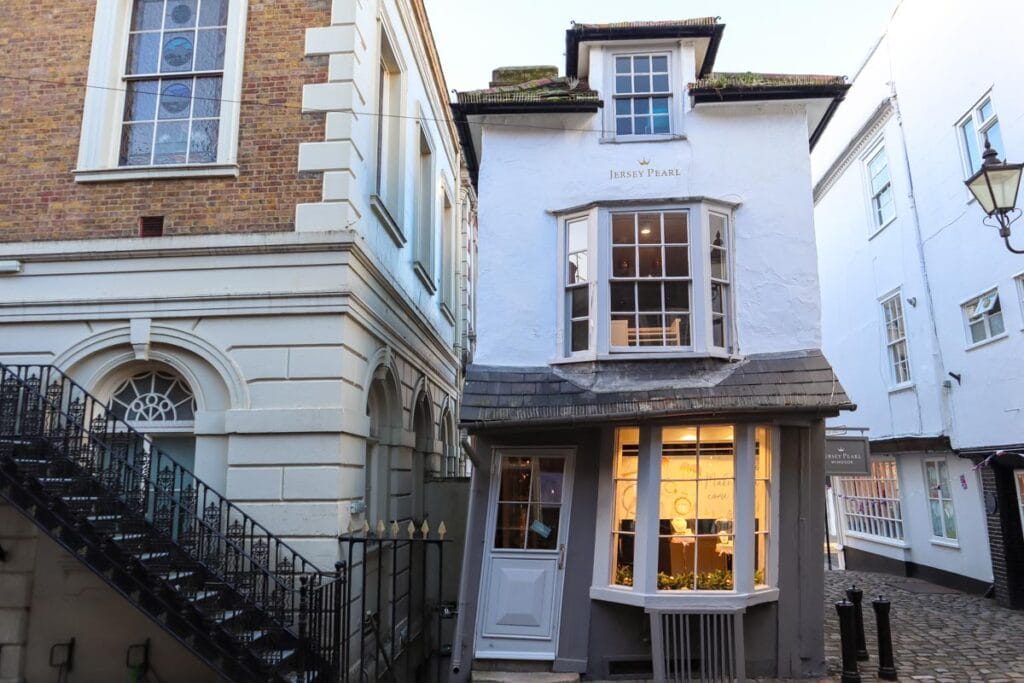
21st Century Windsor (2000–Present)
- 2005: Prince Charles marries Camilla Parker Bowles in a civil ceremony at the Guildhall in Windsor followed by a service in St George’s Chapel at Windsor Castle.
- 2011: Prince William marries Catherine Middleton in London. Crowds descend on Windsor to watch on big screens and celebrate in the royal town.
- 2018: Prince Harry marries Meghan Markle at St George’s Chapel in Windsor Castle. The newlyweds travel in an open carriage as part of a 25-minute procession from St George’s Chapel through Windsor town.
- 2018: Princess Eugenie marries Jack Brooksbank at St George’s Chapel in Windsor Castle, marking the second royal wedding at the venue in the same year.
- 2021: Prince Philip, Duke of Edinburgh, dies at Windsor Castle. Only a small funeral can be held due to Covid-19 restrictions.
- 2022: Queen Elizabeth II celebrates her Platinum Jubilee, marking 70 years on the throne. She makes an appearance at the Royal Windsor Horse Show.
- 2022: Queen Elizabeth II dies peacefully at Balmoral. Her coffin is transported to Windsor Castle in a solemn procession, with thousands lining the route to pay their final respects. She is laid to rest inside St George’s Chapel.
- 2022: King Charles III ascends the throne, with his official coronation in May 2023.
- 2023: A Coronation Concert is held at Windsor Castle and is attended by 20,000 people. It features performances by artists including Katy Perry and Take That.
- 2025: French and US State Visits are planned. These will be the first since 2014.
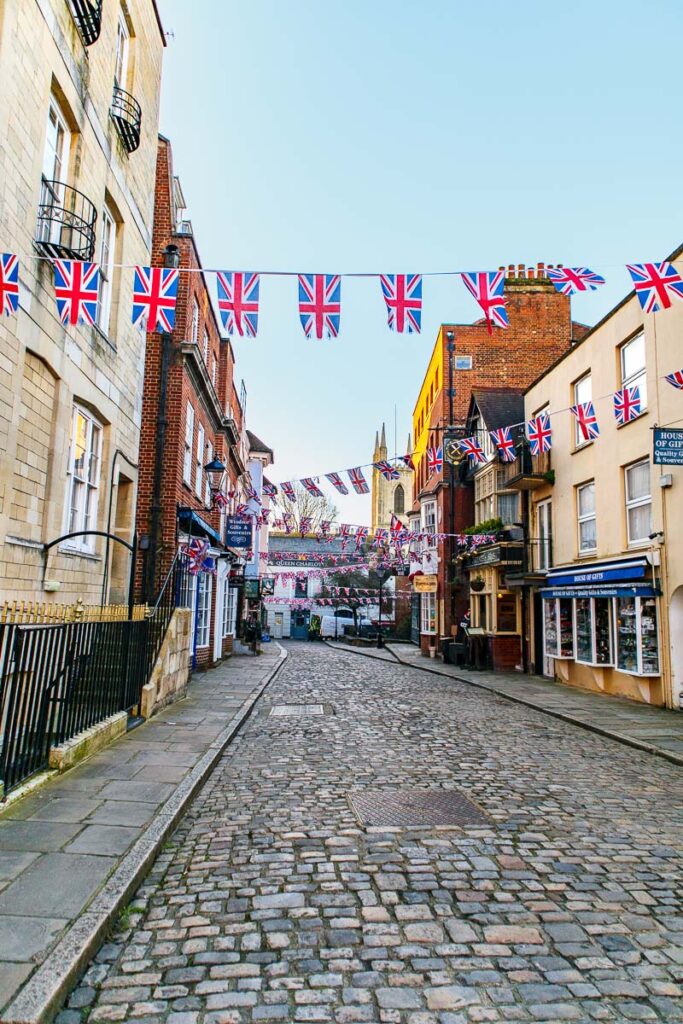
Looking for more tips for visiting Windsor? Check out these guides:
- 13 Things To Know Before Your First Visit To Windsor
- Spending One Day In Windsor: The Perfect Day Trip Itinerary
- 13 Tips For Visiting Windsor Castle For First-Timers
- How To Travel From London To Windsor
- When Is The Best Time To Visit Windsor?
- The History of Windsor, UK – A Quick Timeline
- 17 Fun Facts About Windsor, England
- 20 Amazing Things To Do In Windsor In Summer
- 9 Best Things To Do In Windsor In The Rain

